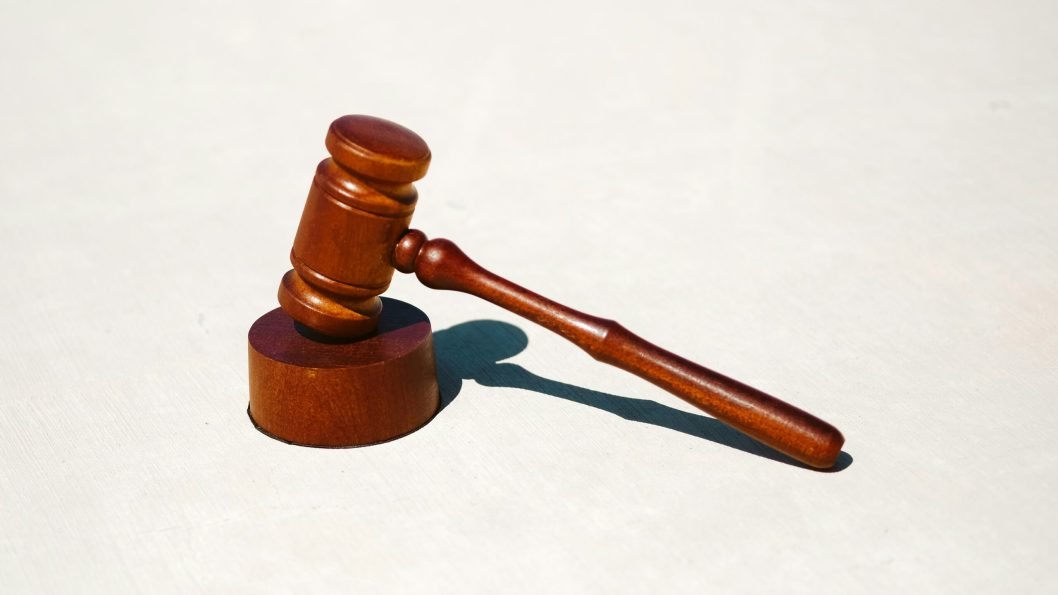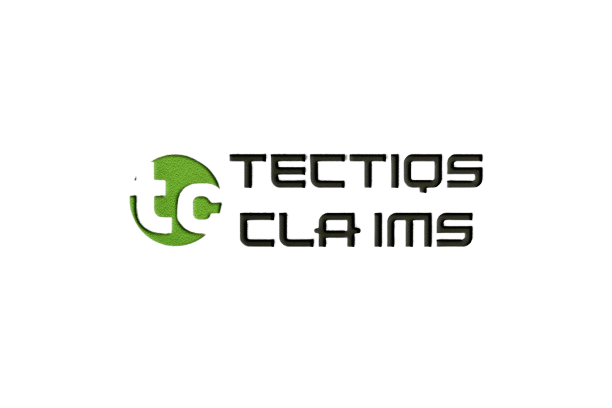The Role of Evidence in Personal Injury Claims
In personal injury claims, evidence is pivotal for proving your case and securing fair compensation. The strength and quality of the evidence you present can significantly influence the outcome of your claim. Understanding the role of evidence, the types of evidence to collect, and how to use it effectively can help you build a robust case. This article explores the essential aspects of evidence in personal injury claims and provides key insights on how to leverage it effectively.
Why Evidence is Crucial in Personal Injury Claims
Evidence is the backbone of a personal injury claim, serving several important functions:
Proves Liability
Evidence helps establish who is at fault for the injury, showing how the responsible party’s actions or negligence led to the incident.
Demonstrates Damages
It substantiates the extent of your injuries, financial losses, and emotional distress, providing a basis for calculating fair compensation.
Supports Credibility
Well-documented evidence enhances the credibility of your claims and can counter any arguments or disputes raised by the opposing party.
Key Types of Evidence in Personal Injury Claims
Medical Records and Reports
Medical records are vital in proving the nature and extent of your injuries. They include:
- Diagnosis and Treatment: Detailed documentation of your injuries, treatments received, and prognosis.
- Medical Bills: Records of all medical expenses incurred due to the injury.
- Doctor’s Notes: Statements from healthcare providers about the impact of the injury on your daily life and future recovery.
Tip: Keep a comprehensive file of all medical documents and ensure they are up-to-date and accurate.
Photographic and Video Evidence
Visual evidence provides a tangible record of the incident and its aftermath. Important visual evidence includes:
- Accident Scene Photos: Images of the accident scene, including property damage, road conditions, or environmental factors.
- Injury Photos: Close-up photos of visible injuries, such as cuts, bruises, or swelling.
- Video Evidence: Surveillance footage or dashcam videos that capture the incident or its aftermath.
Tip: Take clear and detailed photos as soon as possible after the incident to preserve evidence.
Witness Statements
Eyewitnesses can provide valuable testimony that supports your version of events. Key witness evidence includes:
- Eyewitness Accounts: Statements from individuals who observed the accident or the circumstances leading to it.
- Expert Testimonies: Opinions from professionals, such as accident reconstructionists or medical experts, who can offer specialized insights.
Tip: Obtain contact information and written or recorded statements from witnesses as soon as possible.
Police Reports
Police reports offer an official account of the incident, including:
- Accident Details: Information about the accident’s location, time, and parties involved.
- Law Enforcement Observations: Observations and conclusions drawn by responding officers.
- Ticket or Citation Information: Details of any citations or tickets issued related to the incident.
Tip: Request a copy of the police report and review it for accuracy. It can be a crucial piece of evidence in your claim.
Financial Documentation
Financial evidence supports claims for compensation related to economic losses. Important financial documents include:
- Medical Bills: Detailed records of all expenses related to the treatment of your injuries.
- Proof of Lost Wages: Pay stubs, employer statements, or tax returns showing income loss due to missed work.
- Other Expenses: Receipts for additional costs incurred due to the injury, such as transportation or home modifications.
Tip: Keep a detailed record of all financial expenses and losses associated with the injury.
Personal Impact Statements
Personal impact statements describe how the injury has affected your life. They include:
- Daily Life Changes: Descriptions of how the injury has impacted your ability to perform daily activities, work, or engage in hobbies.
- Emotional Distress: Accounts of psychological effects, such as anxiety, depression, or loss of enjoyment in life.
Tip: Document these impacts in a journal or written statement to support your claim for non-economic damages.
How to Effectively Use Evidence in Your Personal Injury Claim
Organize Your Evidence
Keep all evidence well-organized and easily accessible. Use folders or digital files to categorize medical records, photos, witness statements, and financial documents.
Consult with Legal Professionals
Work with an experienced personal injury attorney to review your evidence and develop a strategy for presenting it effectively. Attorneys can provide guidance on how to use evidence to strengthen your case and negotiate with insurance companies.
Ensure Evidence Accuracy
Verify that all evidence is accurate and up-to-date. Discrepancies or inaccuracies can undermine your claim and weaken your position.
Follow Legal Procedures
Adhere to legal procedures for submitting evidence, including deadlines for filing documents and presenting evidence in court. Your attorney can assist in ensuring that all procedural requirements are met.
Conclusion
The role of evidence in personal injury claims cannot be overstated. Collecting, organizing, and effectively using evidence is essential for proving liability, demonstrating damages, and supporting the credibility of your claim. By understanding the types of evidence required and following best practices for evidence management, you can strengthen your case and improve your chances of receiving fair compensation. Consulting with legal professionals and maintaining thorough documentation are key steps in navigating the personal injury claims process successfully.


